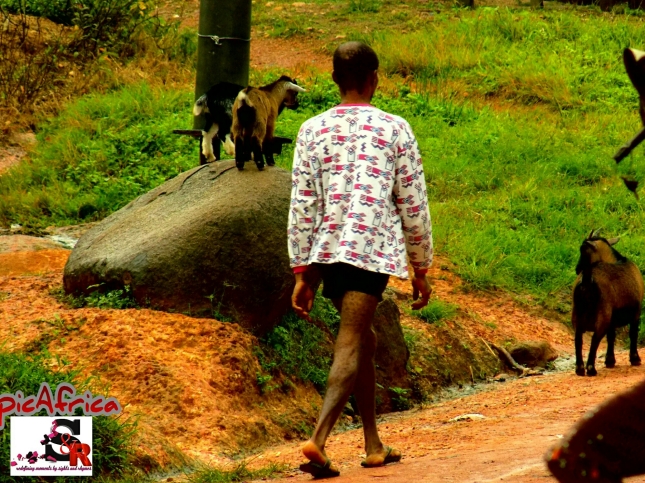© Chris Sam

Somewhere in Africa where the sun sets and rise, between the labours and commitments of determine and committed people, and where culture and traditions speaks a common language, is Betem, known for their hospitality and abundance of natural resources, a community where creativity is exhibited by her natives and strangers treated as brothers. Located in the central region of Cross River state In Nigeria, Betem becomes a spectacle of true African cultures and traditions as her people come together to celebrate their successful return as refugees during the Nigerian Civil war.



The Betem liberation festival which has become an annual event, celebrated from the 16th to 19th of January of every year, becomes an integral part of tourism in Cross River State, as people from across the country spend this 4 days enjoying the hospitality of the people, creating moments within the atmosphere of culture and friendship.


It was indeed, a memorable experience as Sights and rhymes join thousands of tourists to enjoy this year’s epic display of culture.

* Considering what festival means, as an event ordinarily celebrated by a community and centering on some characteristic aspect of that community and its religion or traditions, often marked as a local or national holiday, we have come to understand that Festivals often serve to fulfill specific communal purposes, especially in regards to commemoration or thanksgiving.



The celebrations offer a sense of belonging for religious, social, or geographical groups, contributing to group cohesiveness. They may also provide entertainment, which was particularly important to local communities before the advent of mass-produced entertainment. Festivals that focus on cultural or ethnic topics also seek to inform community members of their traditions; the involvement of elders sharing stories and experience provides a means for unity among families.


In modern times, festivals may be attended by strangers such as tourists, who are attracted to some of the more eccentric or historical ones.
There are numerous types of festivals in the world and most countries celebrate important events or traditions with traditional cultural events and activities. Most culminate in the consumption of specially prepared food (showing the connection to “feasting”) and they bring people together.

The Betem people, who’s culture and traditions embraces strangers and tourist alike every year, open up their arms of hospitality to welcome as many tourist or strangers, to the most significant and historical moments of the community. Sharing the history and also exhibiting their rich cultural heritage to the amazement of the crowd.













Sights and rhymes share this amazing moments with you through picAfric.
*(References – Wikipedia)



























